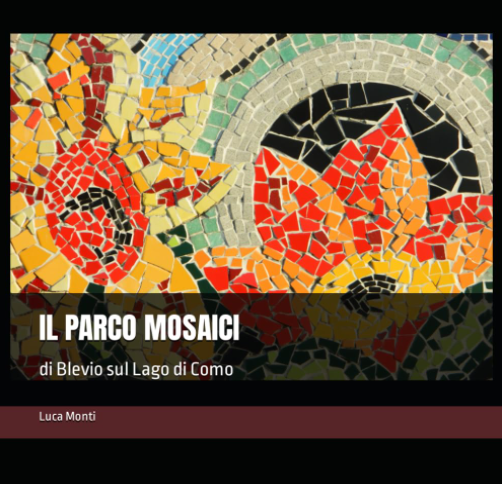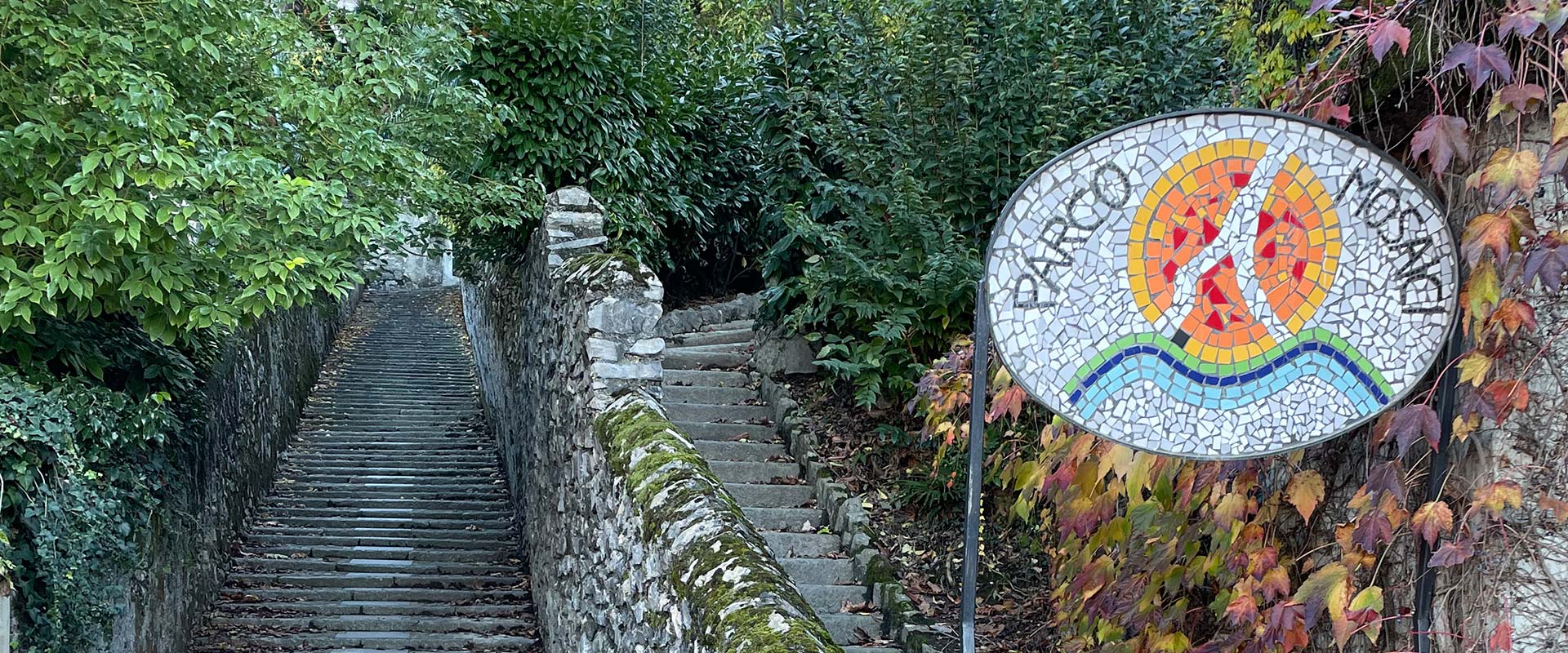Turning stones into breads
A 4.0 school
Sometimes things look upside down as if someone enjoyed drawing them upside down.
Last Saturday a group of people took part in an excursion the destination was a school. I experienced my family on an upside-down trip.
However, I never thought I would encounter – even though I knew all about the programme – such a modern and full of insights into ‘school’.
Let us say it right away: It is a unique school. It is the International School of Mosaicists of Friuli in Spilimbergo.
The director welcomes us into the garden and leads us to the actual entrance, recommending the last to close the door. It is Saturday afternoon—twenty degrees in the middle of October in a small village in Friuli near the Tagliamento River.
Already in the entrance hall, but also outside in the garden, these extraordinary mosaic works appear. Moreover, all around, there are new pavilions under construction.
For our convenience, the director leads us into a room; we are already distracted by the walls full of mosaics that recall Rome and Greece along the first section of the corridor.
Furthermore, he first tells us the story of mosaics, a form of artistic expression whose works do not fear time because they are made of stone and then arrive, amidst the difficulties of art history, at the margin between the 19th and 20th centuries.
Nevertheless, centuries earlier, in that very land made more of stone than of earth, the inhabitants of those areas had discovered how to value an indispensable skill for “The Serenissima”. Cutting, working, and reassembling stones would have given them bread; thus, some families took up this art form.
It is how an artisan tradition was born. Thus, the extraordinary skills the world looks at with admiration were born. It is how poverty changed into wealth and a problem into a solution, which is then a formula that still applies today and always.
Indeed, those men turned stones into bread for an individual, his family, and a community.
Moreover, with sagacity, our guide, from that historic moment, parallels the mosaic with the mosaicists to arrive at the most critical commission at the Paris Opera, where for the umpteenth time, the brilliant Italian discovers a way (innovation) to realise a gigantic work: “… I will do it for a third of the time and a third of the price.” He puts his name, a strictly mosaic and, therefore, eternal signature. Furthermore, his fortune takes off in the City of Enlightenment and the world.
In the world, because the world has always been a land of conquest for those with ideas and the ability to realise them. So, we find a community of American mosaicists writing a cheque for a school to train these mosaic technicians where they all come from. “Ten thousand lire 1922”.
Immediately the debate ensues. Where can the school be opened? The cradle is a small village, too small and bewildered for its demand. However, when everything seems to get lost in the meshes of bureaucracy and politics, Spilimbergo could.
A training school for mosaicists to meet a demand that needs that expertise mixed with work. That knowledge of the hands is desperately needed, that wise spark that can transform an idea into a thing.
Why has this school impressed me beyond the works, workshops, and symposia with essential artists to create impactful results? Why is it 4.0?
I did not see a computer, although there were undoubtedly some since computer graphics is a teaching subject.
No. That is not it.
Students from all over the world come there to learn.
It does not matter which three years after a diploma or a degree. Beautiful. You already have your piece of paper. Bravo, keep it in the drawer for these three years.
There is a strict selection of the discipline with all the necessary subjects and developed on the historical line from the Greeks and Latins, via the Byzantines, up to the modern and the contemporary.
There is rigour in the technique; you can hear it in his words that emphasise rules and principles, a severity that allows open freedom of expression. Moreover, you can read it in the works in the workshops, in the projects and in pieces lined up on the walls in the classrooms, while outside the corridor is an actual museum, priceless and constantly evolving. That is why we need space.
Moreover, it is not an ordained school. It is free, disengaged. In an autonomous region, here is the independent school par excellence. And we, who proceed with our mouths a little half-closed and eyes increasingly open, almost fail to grasp the flood of news, of indications of subtle arguments of the school director.
4.0
There is a closed door, and in passing, he tells us – but this is where I want to get to – that there are alum workshops in that classroom. Alums? Yes, because the school has opened an incubator – for those who set up on their own to transform competence into work immediately.
Boom. Hit.
The school, world famous for mosaic, promotes mosaic and collects orders for even extensive works, which it distributes to students, local artisans, and alums, and these mosaic startuppers.
Boom. Second hit.
Furthermore, we handle the order, he continues. So, we are our students’ clients who work here to make their bones before setting up shop outside.
Another hit and that is three.
We are the client and the intermediary of the final customer and guarantee the work’s liquidity and solvency.
Shot and sunk. Four pieces. Four hits. School 4.0
Part lecturer, part director, part impresario, he accompanies us with a bright and glittering in the corridors towards the most beautiful works, but I am already hit and sunk.
This school is a real discovery in Italy full of surprises.
Luca Monti
21st October 2018


